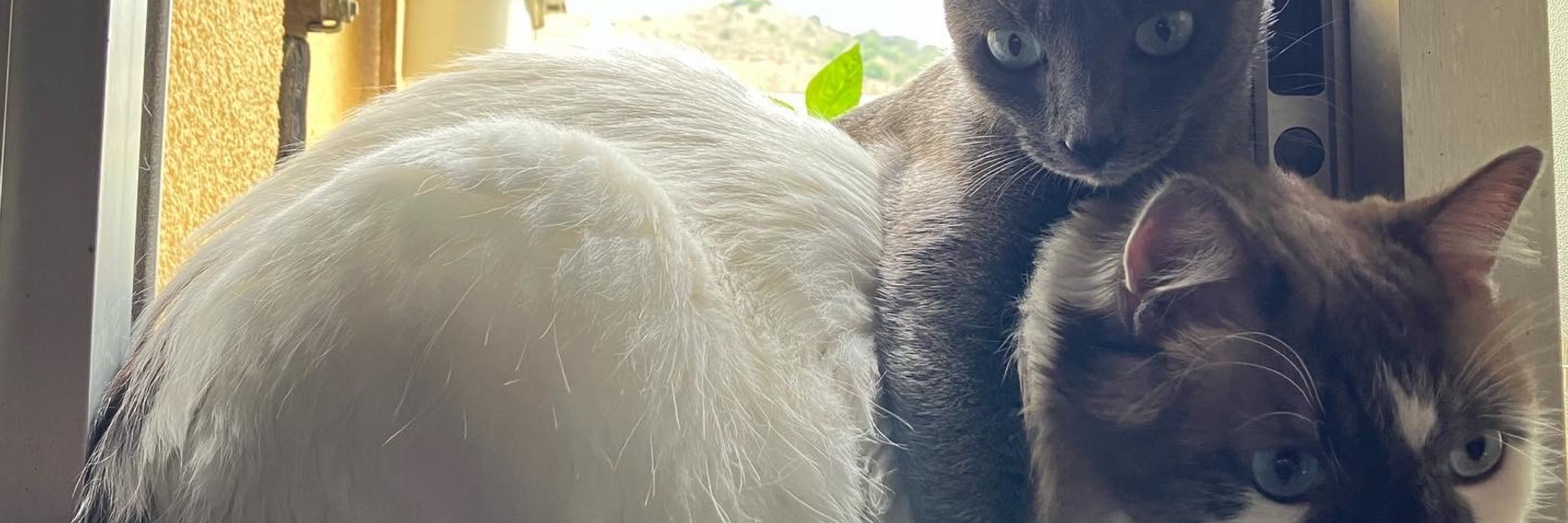
For any information regarding Workshop 2 you can reach out to @cefafalopodo.bsky.social



For any information regarding Workshop 2 you can reach out to @cefafalopodo.bsky.social
www2.aeplan.co.jp/ciac2025/p_s...
Workshops range from: Cephalopod fisheries management; cryptic biodiversity; Cephalopod Health Management; and using AI to unlock new frontiers in cephalopod research.
www2.aeplan.co.jp/ciac2025/p_s...
Workshops range from: Cephalopod fisheries management; cryptic biodiversity; Cephalopod Health Management; and using AI to unlock new frontiers in cephalopod research.

@linneansociety.bsky.social
@cefafalopodo.bsky.social
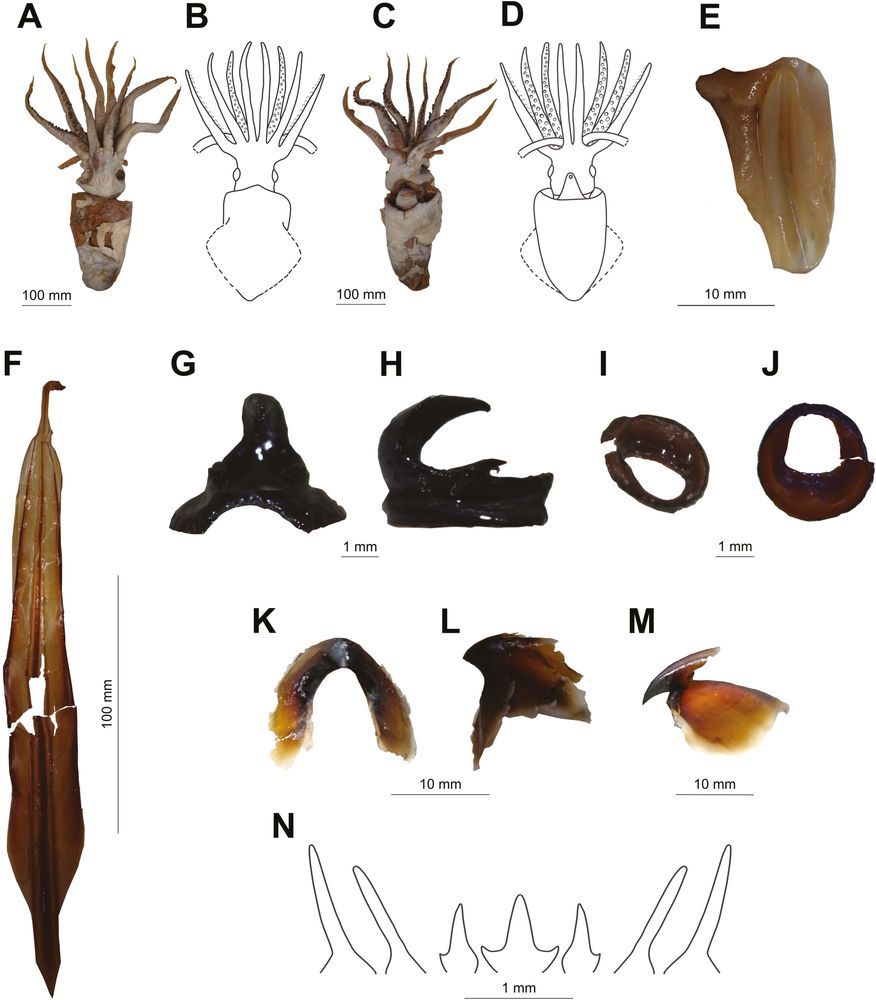
@linneansociety.bsky.social
@cefafalopodo.bsky.social
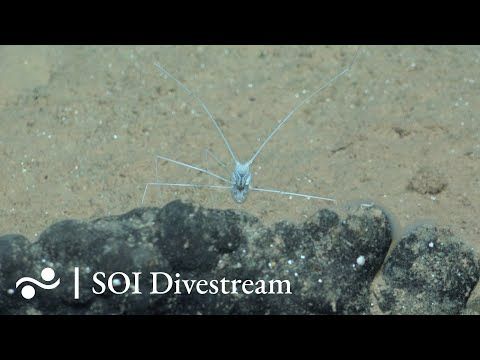
www.inaturalist.org/observations...
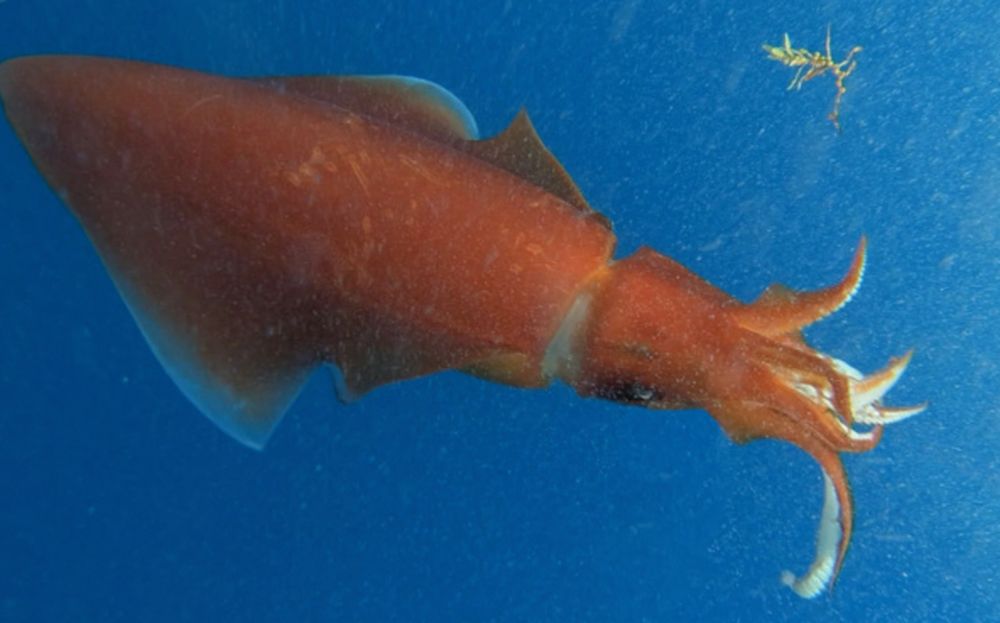
www.inaturalist.org/observations...
it’s a in a family known for having a large number of photophores, the enoploteuthids. the firefly squid is also in this family.
www.inaturalist.org/observations...
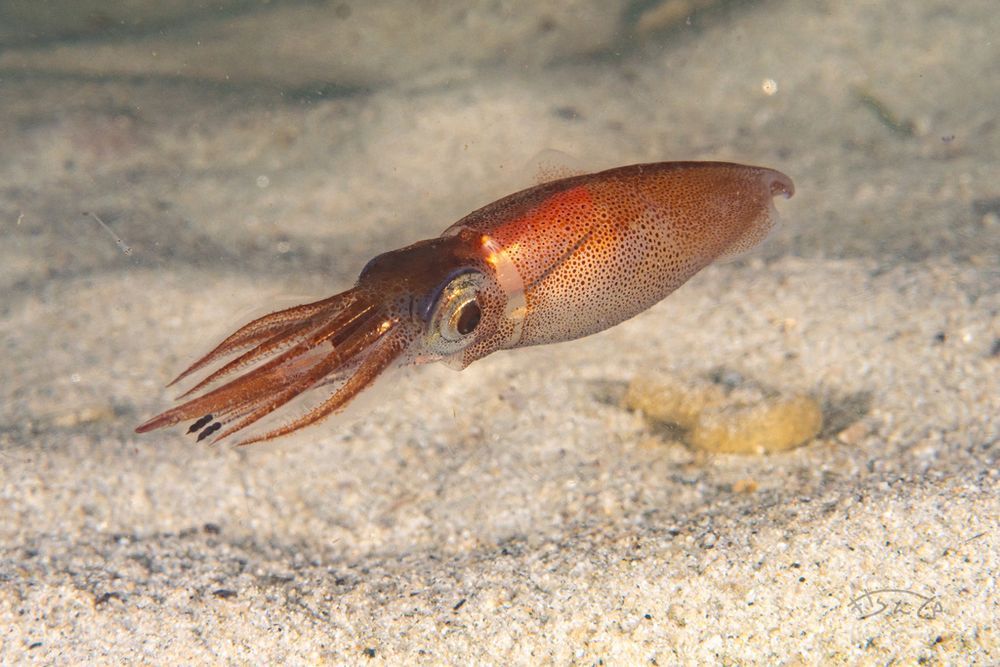
it’s a in a family known for having a large number of photophores, the enoploteuthids. the firefly squid is also in this family.
www.inaturalist.org/observations...
poseidonii was chosen as the species name due to the resemblance of the tentacle hook morphology to a trident
poseidonii was chosen as the species name due to the resemblance of the tentacle hook morphology to a trident

